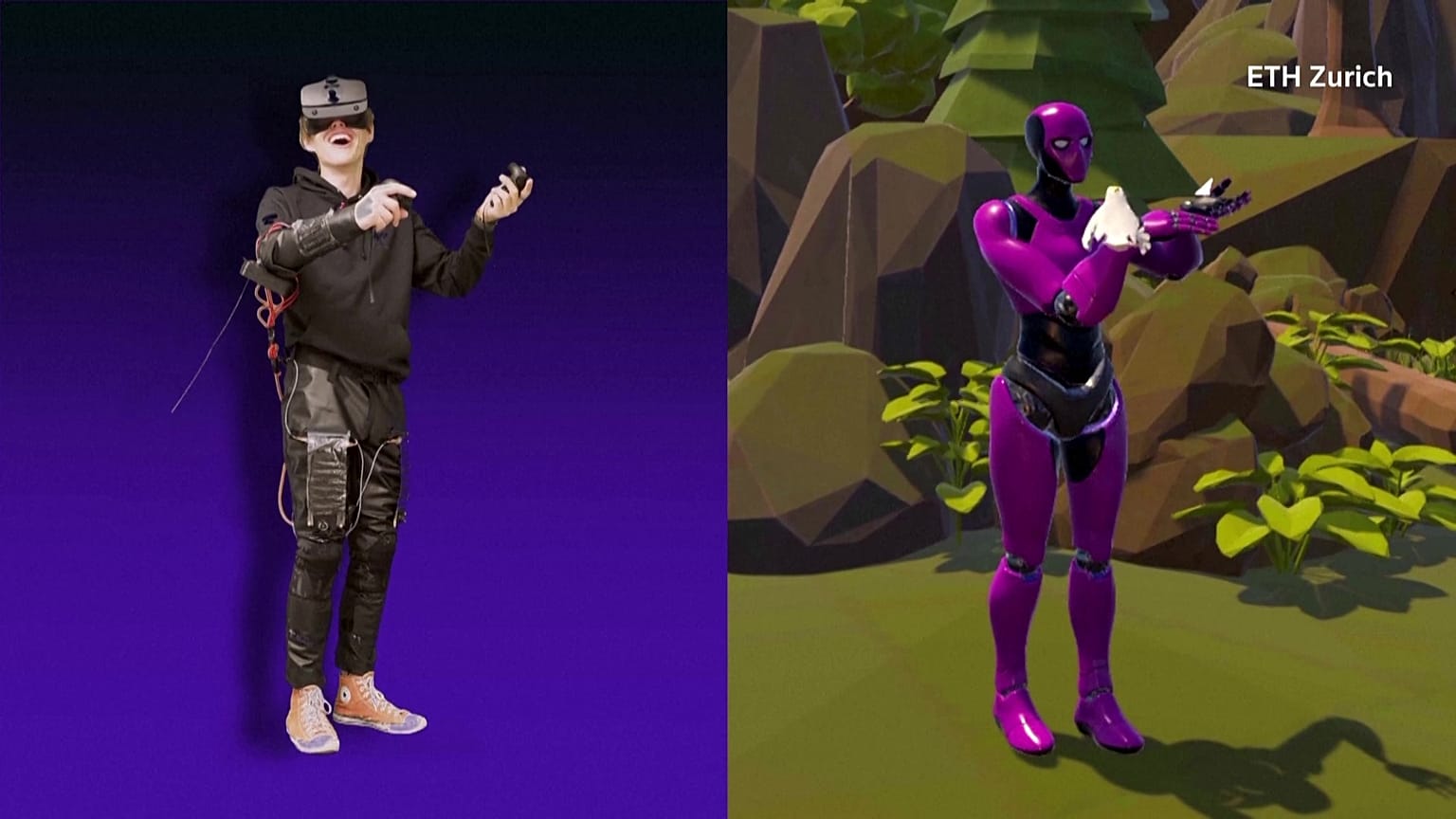The full-body suit can be moved by electric signals sent to it, or it can relay them to record exactly how it is being moved by the wearer.
It may soon be possible to "feel" the metaverse.
Eight mechanical engineering students at ETH Zurich, the Swiss Federal Institute of Technology, are developing a tactile suit that covers the entire body to "superboost" immersive experiences in the metaverse.
The suit features many sensors and soft, human-like muscles, allowing "a lot more natural interaction with virtual reality".
"The Meta Suit is basically a suit that is built with artificial muscles and that enables us to have greater interaction with virtual reality," said Maximilan Eberlein, project lead at ETH Zurich.
"The main idea was to incorporate new artificial muscles called Hasel [hydraulically amplified self-healing electrostatic - actuators] into a suit that enables more interaction with virtual reality," Eberlein added.
The novel technology Hasel is critical to achieving the team’s goals. The artificial muscles feel similar to human muscles and send haptic feedback to the suit so the wearer can ‘feel’ the virtual environment.
How does it work?
The muscles contract and expand with a tiny electric current, just like a zip-lock bag.
"So you have pouches that are filled with a special fluid and you spray electrodes on them and you apply a voltage on these electrodes so that these muscle zip together and this leads to a contraction of the muscle,” Eberlein explained.
The Meta Suit can also track and map the movements of humans without using any camera systems, a method called "proprioception".
Most VR devices currently use visual cues, which are expensive and don’t function at the fullest capacity when in poor lighting, said Eberlein.
The students at ETH Zurich aim to tackle these limitations of the current technology.
In a test, the team has created a virtual reality where the player can let a bird land on their hand and feel it using the muscles contracting on the suit.
"It is amazing. Like, the first few tries where we actually tried our technology we all had to laugh because it was such an amazing feeling, something I've never felt before. You're in an entirely other environment. You could be on Mars and you feel something and it feels real," said Eberlein.
Its inventors are convinced that the Meta Suit has potential use cases beyond VR, such as motion tracking systems for movies and animations and restarting "frozen gait," a symptom of Parkinson’s that requires a prompt to help the patient move.
For more on this story, watch the video in the media player above.


















